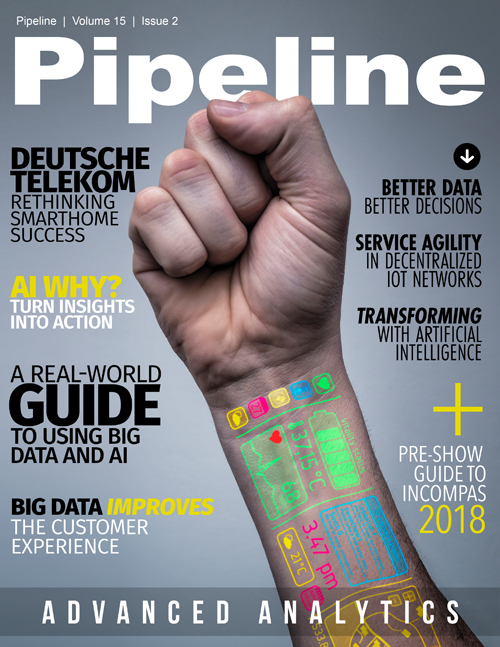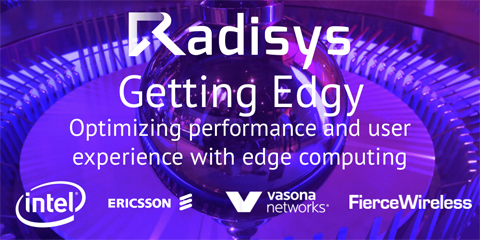A Real-World Guide: Using Big Data Analytics and AI

Big data analytics and Artificial Intelligence (AI) have both had their fair share of hype in recent years. Despite the rhetoric, however, both these technologies, working in sync, are now starting to emerge as fundamental building blocks shaping future networks to be more reliable and more automated—leading to a better customer experience.
Not every implementation, though, has been executed in the optimal way, which means that there are still years of challenges ahead for some service providers. Therefore, in order to be successful, it’s important to understand the pitfalls of certain configurations and philosophies, as well as best practices for operators to speed up Return on Investment (ROI) from these strategic network technologies.
Analytics and AI—Where are they now?
Generally speaking, the field of AI has been around for more than 50 years, since the first use of the term in the 1950s. Governments poured millions of dollars into AI research—with hyper-inflated expectations. Owing to a series of disappointing results, AI entered a “winter” and funding was slashed.
The situation now is qualitatively different from that of the 1950s and 1960s. Technological advances—such as the backpropagation algorithms, deep architectures for hierarchical learning, Graphics Processing Units (GPU) for fast training, big data technologies for collecting and processing large datasets for training efficiently and inexpensively—have unleashed a new revolution in Artificial Neural Networks.
The technology has made the slow journey from the hallowed halls of research institutions, through software frameworks and startups, to consumer and business interactions with major brands—taking the once-theoretical application of AI algorithms out of the laboratories and into the domain of everyday business operations.
About Radisys
Radisys, a global leader in open telecom solutions, enables service providers to drive disruption with new open architecture business models. Radisys’ innovative disaggregated and virtualized enabling technology solutions leverage open reference architectures and standards, combined with open software and hardware to power business transformation for the telecom industry, while its world-class services organization delivers systems integration expertise necessary to solve communications and content providers’ complex deployment challenges. For more information, visit www.Radisys.com. Keep up to date with Radisys: Follow us on Twitter
Today, most of the practical applications of AI are mainly driven by industry and business instead of government agencies. AI has been championed by the likes of Google, Facebook, Microsoft, Amazon and Apple. Yet today does not mark the culmination of the technological revolution. The industry is only at the initial phase of an automation process that is still reliant on human intervention. The practical implementation of AI is still young, a reality particularly true in the telecoms industry.
Advanced AI requires a number of key components that can be quite complex. For example, these include text-to-speech and speech-to-text interfaces to enable voice, image recognition for vision, Natural Language Processing (NLP), and predictive analytics based on Machine Learning (ML) and Deep Learning. To date, a large number of AI use cases are still machine-to-machine (M2M) interactions, which tend to be simpler than those use cases that require predicting human behavior. The IT sector in particular has embraced AI technology for such M2M tasks as automating network management and detecting security threats.
Likewise, Communications Service Providers (CSPs) are adopting ML and AI to streamline and automate a number of otherwise time-consuming activities, from network planning and security to service assurance and billing, thereby saving operational expenditures while improving subscriber Quality of Experience (QoE). The use of AI also holds great promise to improve marketing, customer service and other business processes, but in order to continue this forward progress, CSPs need to first lay the groundwork for a successful foundation.




















